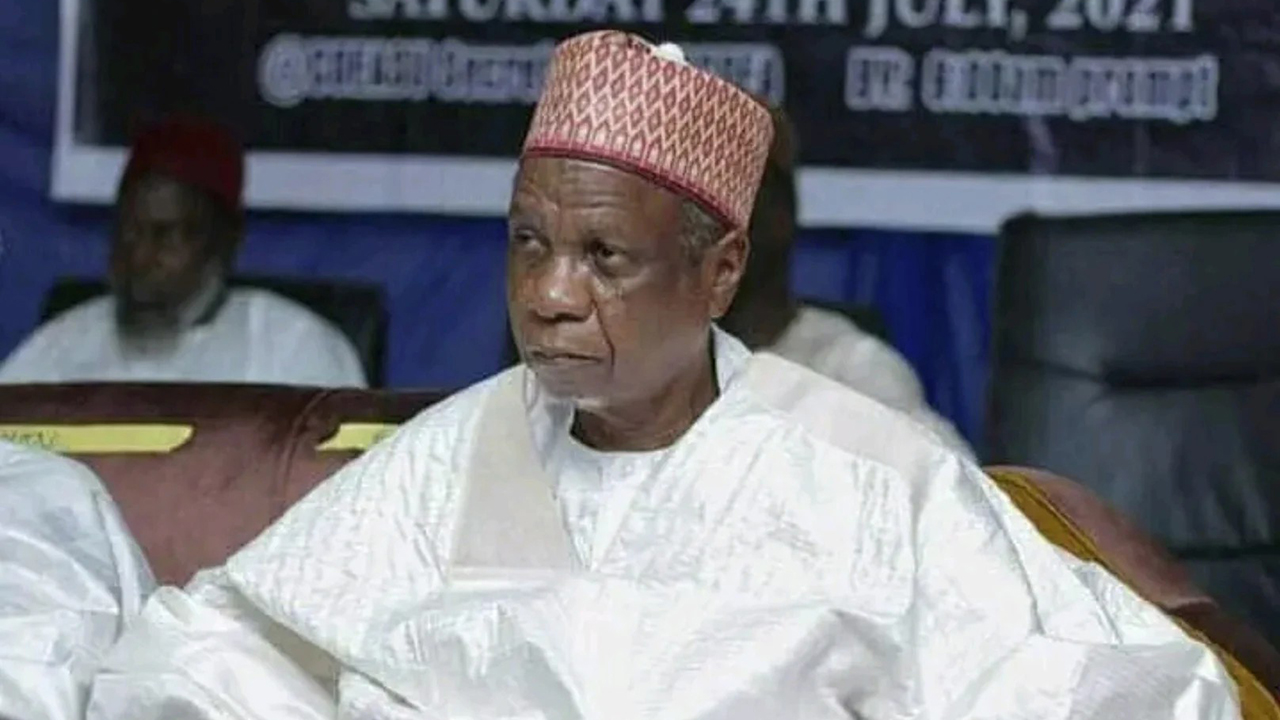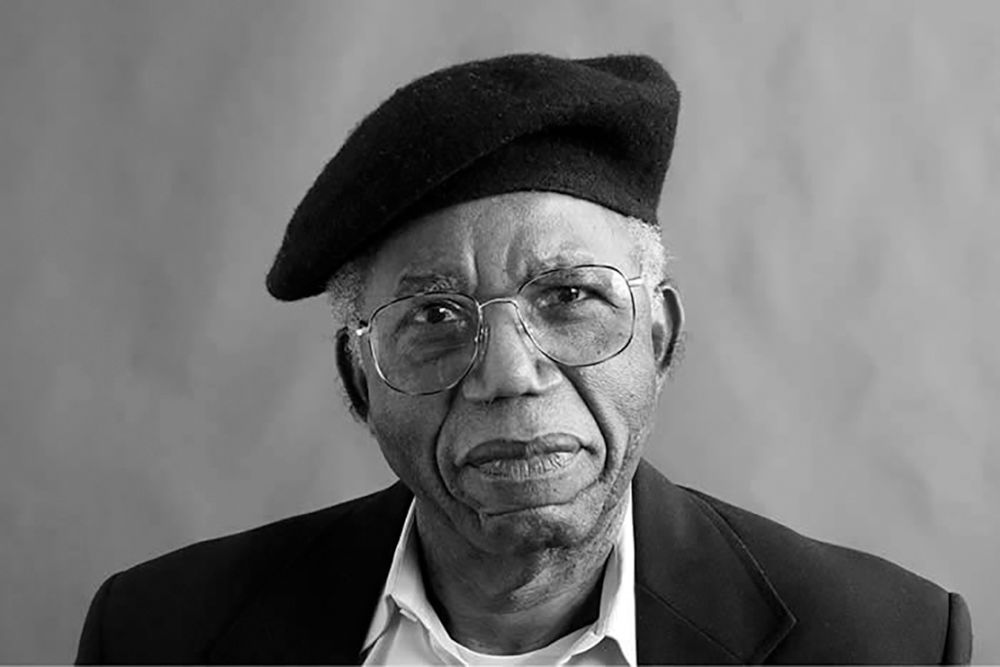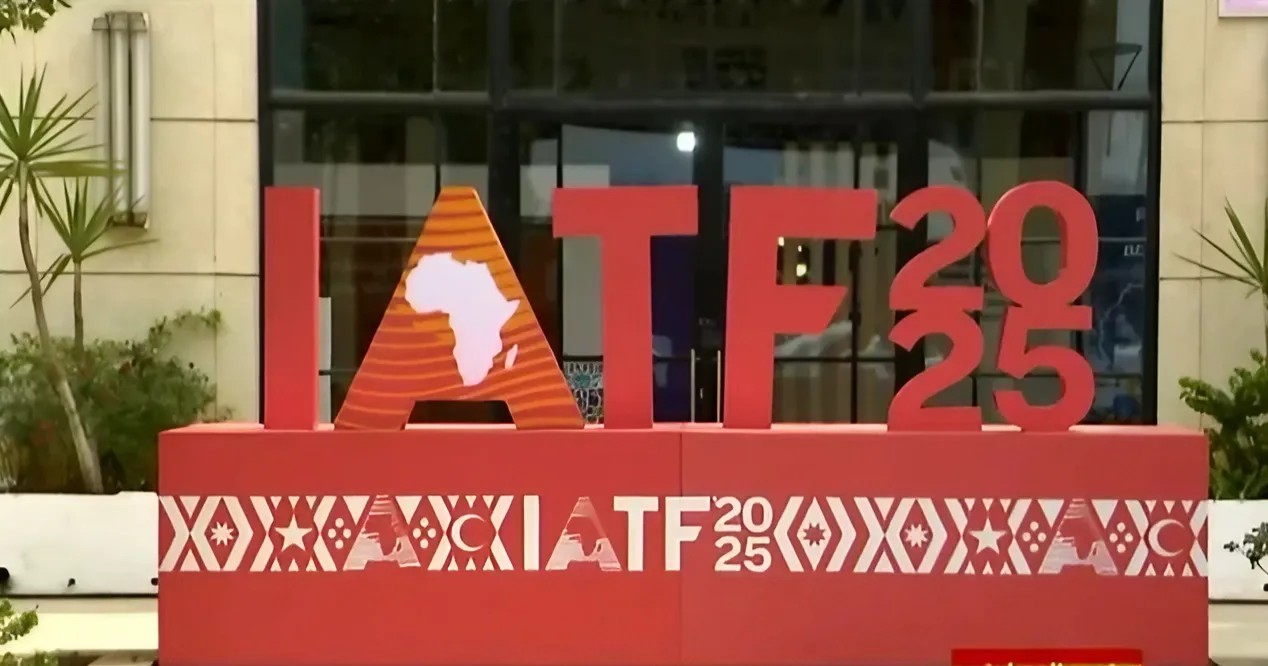
Yayale Ahmed’s stature as a public servant cannot be properly decided outside of the reform architecture during his time as the head of service. Indeed, his reputation is tied in with the establishment and fortune of the Bureau of Public Service Reform (BPSR) which is supposed to be the arrowhead of the courageous assertion that the civil service is able to diagnose and reform itself.
The BPSR was established in 2003 as the lead reform implementation and monitoring coordinating agency armed with the objective of managing and sustaining service-wide reforms agenda of the Obasanjo administration, while also ensuring that the reform mandate was implemented in the Ministries, Departments and Agencies (MDAs), the operational units carrying out government business.
The three major justifications for the existence of the BPSR are: The need to create a clearing house, a one-stop-shop of a sort, where all stakeholders could receive information and guidance on all the reform programmes of the Federal Government; the strong conviction that the reforms objectives will not be realised in the long term, through an ad-hoc committee or task force; and the need to have an “engine room” that is enabled with the required capability and resources to leverage local and international knowledge networks and communities of public administration best practices, to support policy, institutional and governance reform processes with required expertise, and good practices on an on-going basis.
However, the trajectory of the operational dynamics of the BPSR since 2007 has been less than optimal. And so, the question of whether it has been able to live up to its mandate is a difficult one to answer. And this is because of so many crippling circumstances, bureaucratic and political, that attended its operations. Since 2008, the capacity of the BPSR to manage and sustain institutional reforms has been stunted.
For instance, by transferring its supervision from the Head of the Civil Service of the Federation (HCSF) to the OSGF, its mandate was though expanded from being confined solely to the core civil service rather than the wider public service, but at that it lost the required professional supervision it needs so badly to function. And it also implies that it would henceforth be managed as an appendage of the OSGF rather than as an active player in the few significant initiatives that have taken place in the civil/public service since then.
Reform efforts before the BPSR have always been hampered by an oscillation between comprehensiveness and selectivity in the choice of methodology for pushing reform through. And that indecisiveness also played out within the operational dynamics of the BPSR. But then the many attempts at pushing the BPSR into strategic irrelevance could not diminish a paradigmatic reform methodology: there was a decisive transition away from a decade of episodic structural review of the civil service system to a methodological perception of administrative reform as one trajectory of continuous learning and incremental improvement. And this is where the BPSR proved its most fundamental importance in providing the organising framework for enhancing this paradigmatic reform methodology. It did this by developing a generic guideline for restructuring, streamlining and monitoring the operational bases of the MDAs.
Pilot MDA reforms were carried out as the basis for measuring and documenting the administrative challenges confronted by the public service that undermines its performance efficiency. The pilot study also enabled the scaling up of the reform implementation strategy to other MDAs at: (a) service-wide systemic reform level, (b) the MDAs’ specific level which entails the implementation of performance improvement plans and the deepening and consolidation of reforms as it concerns cross-cutting reform programmes with instruments such as challenge and performance improvement funds, and (c) the implementation of such reform programmes as pension reform, national health insurance scheme, statistical reform, pay reform, SERVICOM, to name just a few.
It was therefore broad-based analyses of the fundamental assumptions, presuppositions, indications, deductions and findings from the pilot MDAs study that generated the initiatives for designing and firming up the irreducible national strategy for public service reform (NSPSR). The document constitutes a fundamental reform blueprint for articulating the trajectory of reform management in Nigeria.
The significance of the NSPSR derives from the host of reform initiatives and achievements that its methodological emergence made possible, especially post-Yayale Ahmed. I could mention a few. There was the finalisation of the African Public Service Charter that encompasses a continental administrative blueprint around which the NSPSR could also be mainstreamed. There was also a concerted and genuine effort to resurrect the National Association for Public Administration and Management (NAPAM) which fell through because of a lack of push-through by the bureaucratic leadership.
We cannot but mention the service-wide significance of the tenure policy and the concern to contain the exploding but unsustainable institutional redundancies that birthed the Oronsaye panel on the rationalisation of agencies and parastatals that became a poster initiative for the post-Obasanjo reform era.
That reform policy is still the focal point of every effort to deal with the cost of governance problem that bedevils the public service. We must also signal the introduction of the ministerial scorecard as a managerial strategy for performance management under the Goodluck Jonathan administration. This is complemented by other initiatives like online training programme which has been expanded into the formidable Leadership Enhancement and Development Programme (LEAD-P).
In retrospect, the courage displayed by Yayale in insisting that the civil service possesses the capacity to reform itself, and the series of administrative incidences that attended the BPSR’s effort to championing that argument, only makes the issue even more cogent. All across the world, there is healthy scepticism around the possibility of a bureaucracy leading its own administrative reform. And the jury is still out on whether the Ahmed’s leadership of the civil service was able to undermine that skepticism enough given the undercurrent of the battle-royal between the federal service and the economic management team during the President Obasanjo second-term.
And this generates more questions and discourses that public administration theorists and institutional reformers in Nigeria cannot run away from. Institutional reform in Nigeria always appears Sisyphean, as if the reformers are confronted with the task of rolling the boulder of administrative reform up a hill only to watch it roll back down perpetually. So, why is the task of institutional reform a series of motions without many substantive movements? In concrete terms, why is it the case that despite the numerous service-wide reform initiatives from 1999 to date, the federal civil service system is still, on balance, progressively declining in some critical performance indicators and parameters that overall, limit its capability readiness to sustain service delivery to Nigerians?
Jean-Baptiste Alphonse Karr, the French satirist, once remarked: ‘‘The more things change, the more they stay the same.” In change management terms, this is a crippling observation that not only inhibits the capacity of the system to backstop Nigeria’s democratic governance, but also glosses over, in an unfair manner, the enormous and paradigmatic efforts of institutional reformers like my old boss, Ahmed.
I am, however, optimistic that Nigeria’s change management discourse will receive a new lease of life. For one, Ahmed is not one to give up easily. His chairmanship of CORFEPS is just one significant indication of that. Second, the collaboration between CORFEPS and the Federal service, if concretised, portends a fundamental direction that brings the institutional experiences of retired permanent secretaries and heads of service in a critical conversation with successive serving administrative leadership in time and space to move the civil service forward.
This is why I am excited that my old boss had chosen to reach out to his mentee at the FCSC the way he did.
Concluded.
Olaopa is a Professor of Public Administration and Chairman, Federal Civil Service Commission, Abuja.






